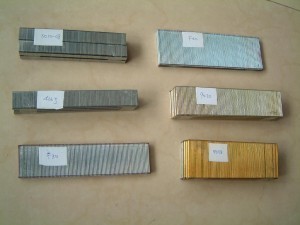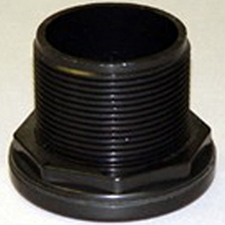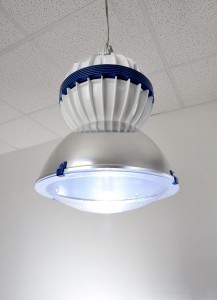Staples Sizes
Usually made out of metal, a staple is a fastener characterized by  two prongs. It is commonly used to bind or join materials. It comes in different sizes, some of which are large enough to be used for roofing, masonry as well as fencing. Larger versions require the use of a staple gun or a hammer, while a stapler is enough to use smaller staples. Compared to paper clips, a staple is durable and permanent. Additionally, there are other interesting things to know about this particular type of fastener including the different staple sizes.
two prongs. It is commonly used to bind or join materials. It comes in different sizes, some of which are large enough to be used for roofing, masonry as well as fencing. Larger versions require the use of a staple gun or a hammer, while a stapler is enough to use smaller staples. Compared to paper clips, a staple is durable and permanent. Additionally, there are other interesting things to know about this particular type of fastener including the different staple sizes.
The Sizes of Staples
The staple sizes commonly used in offices and houses are the 13/8, 13/6, 24/8, 24/6 and 26/6. The 13/8-staple has a diameter of 1.828 millimeters. Meanwhile, the length of its leg is 8 millimeters, which also refers to the length of the shank. The diameter of the 13/6-staple is also 1.828 millimeters. However, its leg is shorter at 6 millimeters.
For the 24/8-staple, the diameter is 0.511 millimeter while the length of the leg is 8 millimeters. The diameter of the 24/6-staple is the same but the length of its leg is shorter at 6 millimeters. Lastly, the diameter of the 26/6-staple is 0.405 millimeter while the length of its leg is also 6 millimeters. For mini-staplers, the appropriate staple size is the No.10.
Heavy-duty staplers need bigger-sized staples. The most common sizes include the 13/14, 13/10, 23/24, 23/20, 23/15, 23/12 and 23/8. The diameter of the 13/14-staple is 1.828 millimeters, while the length of its leg is 14 millimeters. The 13/10-staple has the same diameter. However, the length of its leg is smaller at 10 millimeters.
The next size for heavy-duty staplers is the 23/24-staple. It has a diameter of 0.573 millimeter and a leg length of 24 millimeters. The 23/20, 23/15, 23/12 and 23/8 staples have the same diameter as the 23/24-staple, which is 0.573 millimeter. They differ only in terms of the length of their legs, which are 20 millimeters, 15 millimeters, 12 millimeters and 8 millimeters respectively.
Additional Facts and Other Interesting Details
Instead of using screws or nails, it is better to use staples because they offer a number of advantages. First, the crown of each staple offers a bigger surface area. Next, it has a crown that is capable of bridging materials, even though they are butted together. More importantly, they are easily to produce compared to screws and nails.
During ancient times, staples were used to perform a variety of functions. In construction-related works, they were utilized to tighten and join stones together. Furthermore, they were also used a lot in masonry, specifically in places such as ancient Iran. The invention of the home stapling machine took place in 1877.





